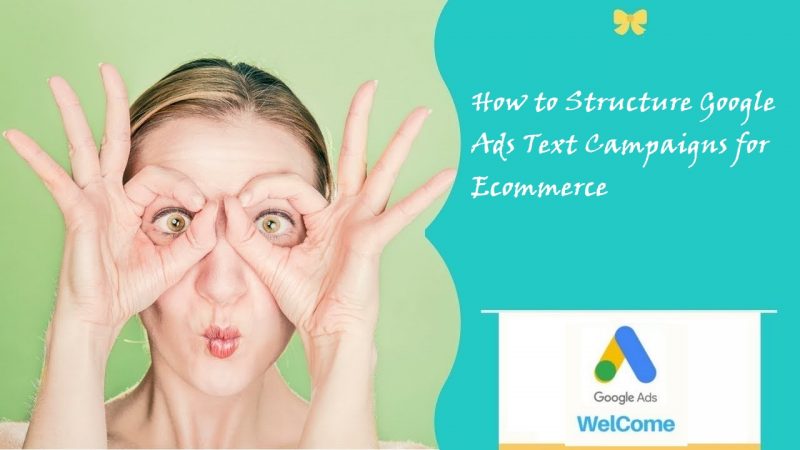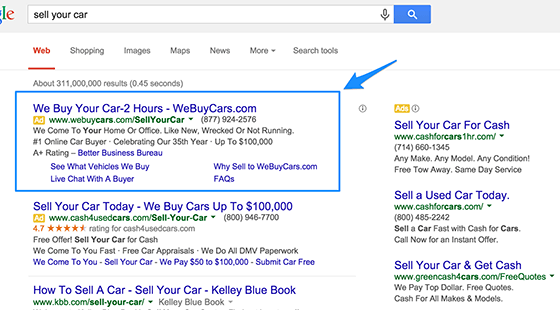How to Structure Google Ads Text Campaigns for Ecommerce

How to Structure Google Ads Text Campaigns for Ecommerce
Promoting an ecommerce business through text-based, pay-per-click advertising has numerous advantages. They seem simple ads but they appear much higher on a search results page than organic listings. They can help you to reach your potential customers and those who are actively looking for those items that you sell.
The way an account is structured is one of the major ways to make Google Ads search campaign successful. You need to figure out what type of search campaigns your business should run, how your company will handle ad groups within each campaign and think about the keywords chosen for each ad group.

You can organize a Google Ads campaign in multiple ways.
Campaigns
A Google Ads campaign is the structural level which can be used to choose your advertising type. For instance, you can choose text ads, image ads, video ads, or call only ads. You can also set your budget at this level. Google Ads will know how much you plan to invest in promoting your ecommerce business and the products it sells.
Ad Groups
Ad groups are the next structural level in Google Ads. At this level, you can create themes within a campaign and the relationship between specific keywords and ad copy is revealed by. The relationship between specific keywords and ad copy. You can also develop various ad groups for every campaign, each ad group having one to 20 keywords associated with it.
Product Category
Imagine you handle a huge online electronics store having product categories, such as television and home theater, computers and tablets, and cameras, and video games. You can run a campaign for each of these product categories. Within a product category, you might have four ad groups, each aligned with a particular type of keyword to target. Broad keyword phrases such as “video game consoles” will be targeted by the general keywords ad group.
Objective and Match
Organize Google Ads campaigns around the objective and match type. A board match includes misspellings, synonyms, relevant variations, and related searches but an exact match only shows an ad when the user’s query exactly or very closely matches the associated keyword phrase;
It will work well for an ecommerce business. If you have to handle PPC campaigns for an online store, for instance, selling its own brand of solid cologne. Your aim is to show up next to leading competitors such as Duke Cannon and Fulton & Roark.
In this way, you can have a campaign for exact match and broad match variations of the campaign and within each campaign, there is an ad group for each competitor you want to target.
Customer Persona

Your Google Ads campaigns can be organized by your ecommerce business around customer personas or how a customer can look for your products.
If you have an online store selling, for example, electric bikes and one of your customer personas is for Phil, who has the tendency to research every single thing. He reads product reviews online and compares electric bikes of one brand against another in detail, head-to-head, specification-by-specification.
In order to deal with this, you will have to organize your Google Ads around customer personas.
Create a campaign for the analyst persona. Within the campaign, you can create an ad group for each of the methods that a person might search for electric bikes. In the example above, Phil – “the analyst,” you could have an ad group for reviews, comparisons, target specifications, and even particular features.
Each keyword within the group would aim to match the way Phil would search. Form a particular campaign for each of your company’s customer personas.
Building Google Ads
These are some of the methods to structure Google Ads text-based and search campaigns for ecommerce. You can’t expect it to be a perfect way to organize and structure a Google Ads campaign because nothing is perfect. However, it is always better to have some sort of structure. Just make sure to measure the results and concentrate on what is working.

